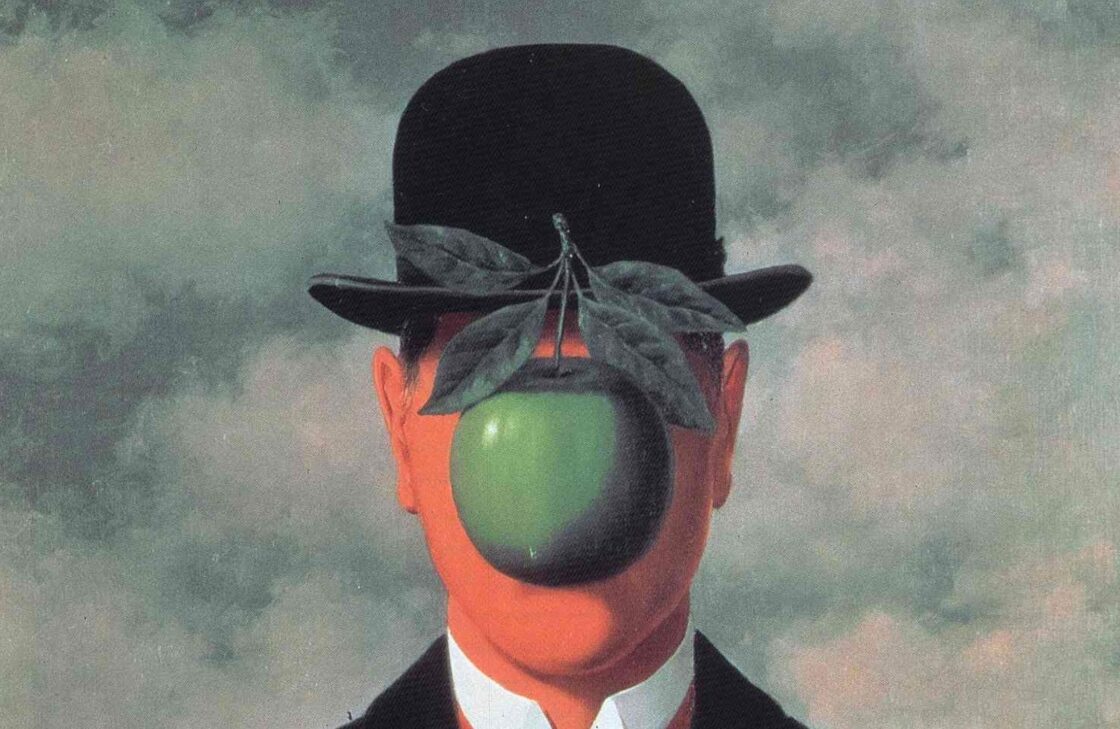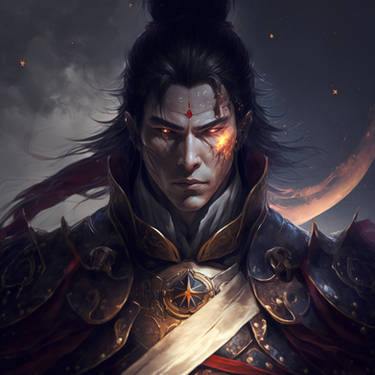5 Results in the "Genre Breakdown" category
-

Hi folks, it’s your usual amateur author, Ameron, again! So, this time our discussion would be about a power system. What exactly is a power system? I tried searching google again, but nothing came out of it, I guess I have to define it in my own terms then… A power system is the order of power and how the powers work in a…
-

Oxford Languages says that a commonplace book is “a book into which notable extracts from other works are copied for personal use.” Commonplace books are not to be confused with journaling, as journaling more so involves the documentation of one’s personal life and inner dialogue: we can see this being done in the social media of today as people spill their innermost confessions online…
-
Blog
Absurdist Fiction

Genre Spotlight 3: Absurdist Absurdist fiction takes place in reality but exaggerates the incomprehensibility that reality often displays. It explores the human struggle to find meaning and purpose in a universe that often feels chaotic, illogical, and devoid of inherent order. It avoids offering its readers direct answers to dilemmas and instead forces one to confront the unsettling questions of life, and perhaps even…
-
Blog
Slasher Horror

Genre Spotlight 2: Slasher The slasher is a horror subgenre that is a notable classic among horror movies. Slasher novels, despite lacking the immediate visual appeal, are textbook studies on how to keep an audience on the edge of their seats. Slasher novels are all about the suspense and horror of a beast stalking its prey. Readers are made to anticipate the next death,…
-
Blog
Wuxia As A Genre

Genre Spotlight 1: Wuxia Wuxia can be considered a subgenre of fantasy. Literally translated from Chinese as “martial arts and chivalry”, these tales depict action-packed epics of martial artists facing extreme moral dilemmas, powerful adversaries, and combat that pushes the limits of human ability. Characteristics Kung Fu and Daoism are the highest running themes in wuxia, as heroes are bound to a system of…
